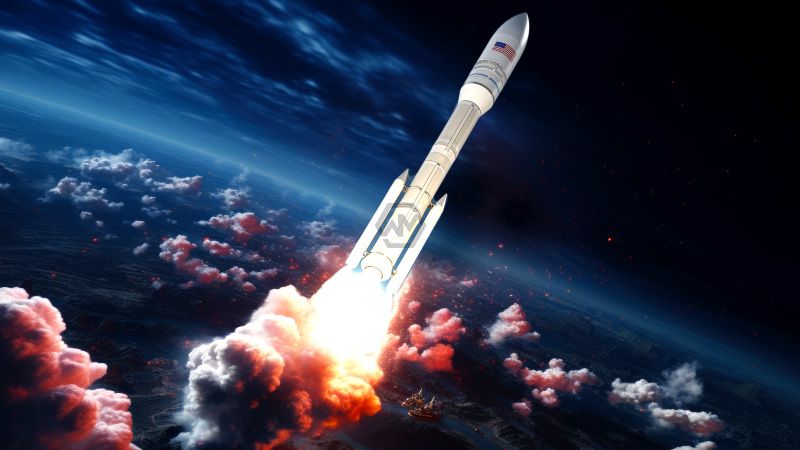- Russia successfully launched its first Angara-A5 space rocket from the Vostochny Cosmodrome.
- The launch served as a test run for a new launch vehicle to be developed after the Soviet Union.
- With a mass of roughly 773 tonnes, the three-stage, 54.5-meter rocket can launch roughly 24.5 tons into orbit.
Russia successfully launched its first Angara-A5 space rocket from the Vostochny Cosmodrome in the Far East, demonstrating both the growing significance of Vostochny and the nation’s aspiration to become a major space power.
The launch served as a test run for a new launch vehicle to be developed after the Soviet Union. The Angara rocket’s two prior missions were canceled because of issues with the pressurizing system and the engine launch-control system.
Angara-A5 space rocket
On Thursday, though, the rocket was able to attain almost 25,000 kilometers per hour in a few minutes. After the fuel tanks on the rocket separated, the main body was launched into space.
The launch marked the start of the Amur space rocket complex’s flight design tests on Vostochny using Angara heavy-class launch vehicles. With a mass of roughly 773 tonnes, the three-stage, 54.5-meter rocket can launch roughly 24.5 tons into orbit.
The project, which uses less harmful gasoline and only Russian components, also involves the defense ministry. After the Soviet Union broke up in 1991, Russia started working on the Angara project to build a launch vehicle that would enable access to space even if Russia lost its lease on the Baikonur Cosmodrome, which it rents from Kazakhstan.
Russia will be able to launch all kinds of spacecraft from its soil with the Angara spacecraft in commission, giving it independent, guaranteed access to space.



